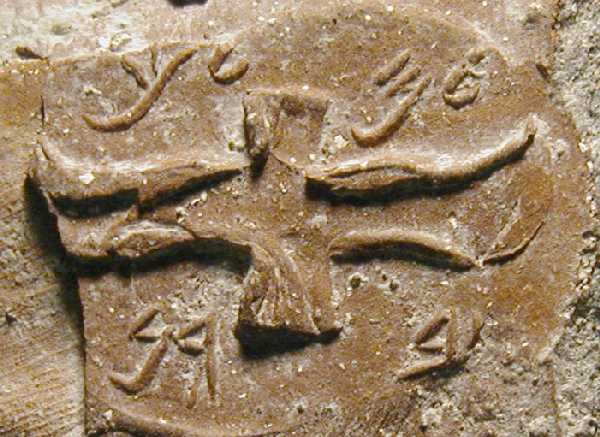JDHollisterTitor
Member
- Messages
- 220
Did you know that the "frequency" of benzene is approximately 2.77624589795?

ln((3*120)^2*139*109)^(2/6) = 2.77624589795
Did you know that 177 in binary is 10110001? In Triskadecimal, 177 is 108?
That 2001/09/11 occurred on 1000180800.0 in UNIX time?
Did you know that 143 in binary is 10001111?
That (1/3)(143*177)^2 = 3531C300 in Triskadecimal?
(1/21)(143*177)^2 = 30506986.7143 in decimal
decimal
(1/6)(143*177*phi*tau)^(2/6) = 10.6008580809
(1/26)(143*177*phi^2*tau^2)^(2/6) = 5.29957967
http://www.isical.ac.in/~tapas/book/lipsbook2.txt

ln((3*120)^2*139*109)^(2/6) = 2.77624589795
Did you know that 177 in binary is 10110001? In Triskadecimal, 177 is 108?
That 2001/09/11 occurred on 1000180800.0 in UNIX time?
Did you know that 143 in binary is 10001111?
That (1/3)(143*177)^2 = 3531C300 in Triskadecimal?
(1/21)(143*177)^2 = 30506986.7143 in decimal
decimal
(1/6)(143*177*phi*tau)^(2/6) = 10.6008580809
(1/26)(143*177*phi^2*tau^2)^(2/6) = 5.29957967
http://www.isical.ac.in/~tapas/book/lipsbook2.txt







